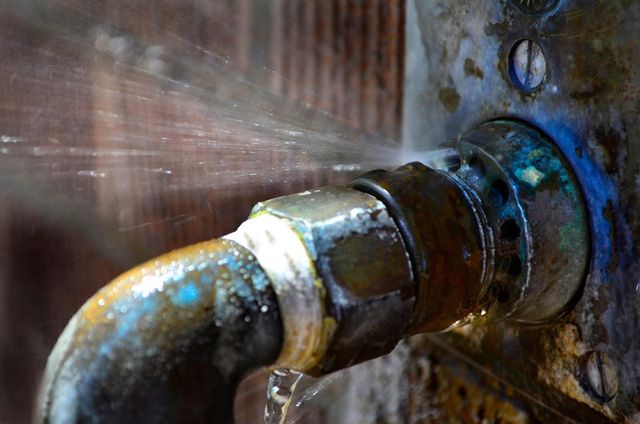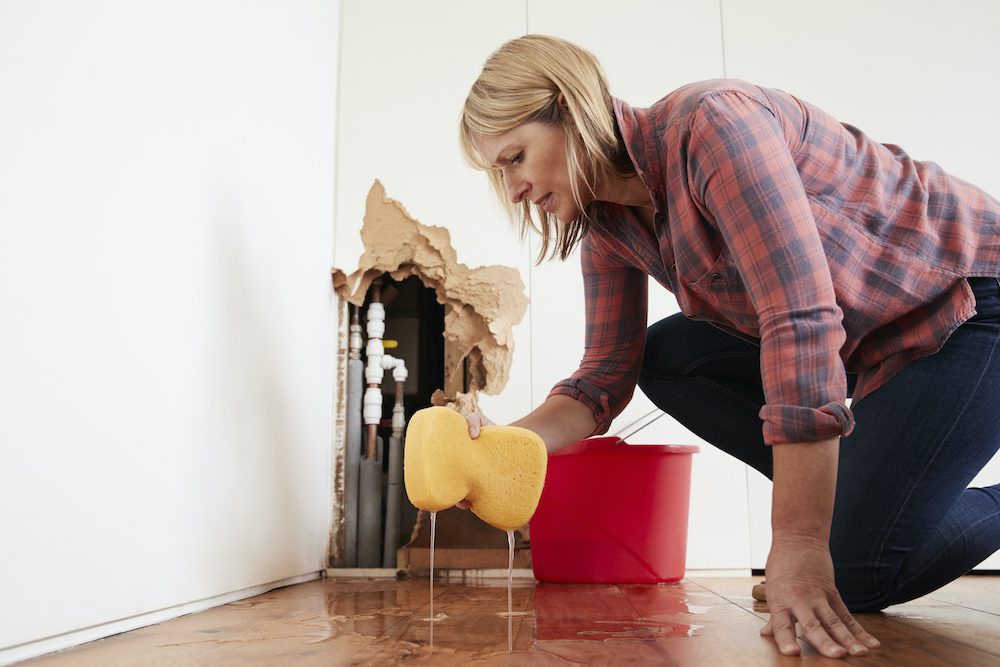Just how to Locate as well as Repair Work Water Leaks-- A Comprehensive Guide
Just how to Locate as well as Repair Work Water Leaks-- A Comprehensive Guide
Blog Article
What are your opinions concerning Locating water leaks?

Early discovery of dripping water lines can mitigate a potential calamity. Some little water leaks may not be visible.
1. Take A Look At the Water Meter
Every residence has a water meter. Examining it is a proven manner in which assists you find leaks. For starters, switch off all the water resources. Make certain no one will certainly flush, make use of the tap, shower, run the washing maker or dishwashing machine. From there, go to the meter as well as watch if it will alter. Because no person is utilizing it, there need to be no movements. That indicates a fast-moving leakage if it moves. If you spot no adjustments, wait a hr or 2 and inspect back once again. This indicates you might have a sluggish leakage that could even be underground.
2. Examine Water Consumption
Analyze your water bills and also track your water consumption. As the one paying it, you must see if there are any discrepancies. If you spot sudden changes, in spite of your consumption coinciding, it implies that you have leakages in your plumbing system. Remember, your water expense must drop under the exact same range on a monthly basis. An unexpected spike in your bill suggests a fast-moving leakage.
A steady rise every month, also with the very same behaviors, reveals you have a slow-moving leak that's likewise slowly escalating. Call a plumber to extensively check your building, specifically if you really feel a cozy location on your floor with piping beneath.
3. Do a Food Coloring Examination
When it comes to water usage, 30% comes from toilets. If the shade somehow infiltrates your dish throughout that time without flushing, there's a leakage between the tank as well as bowl.
4. Asses Outside Lines
Do not forget to examine your outdoor water lines also. Examination spigots by affixing a yard pipe. Must water seep out of the connection, you have a loose rubber gasket. Replace this as well as guarantee all connections are tight. If you've got a sprinkler system, it will certainly aid get it properly took a look at and kept annually. One little leak can throw away tons of water and spike your water expense.
5. Examine the scenario and also check
Homeowners need to make it a behavior to inspect under the sink counters and also inside cupboards for any bad odor or mold development. These 2 red flags suggest a leakage so prompt interest is required. Doing routine inspections, even bi-annually, can conserve you from a major problem.
More notably, if you know your residence is already old, keep a watchful eye on your heating systems, tubes, pipes etc. Check for stainings and weakening as many home appliances and pipelines have a life expectancy. They will certainly also normally degrade because of tear and also put on. If you presume dripping water lines in your plumbing system, do not wait for it to intensify. Call an expert plumber as soon as possible so you don't wind up with a horrible mess in your house.
Early discovery of leaking water lines can mitigate a potential disaster. Some little water leakages might not be noticeable. Inspecting it is a guaranteed way that helps you find leaks. One tiny leakage can lose heaps of water and surge your water expense.
If you presume leaking water lines in your plumbing system, do not wait for it to intensify.
How to Know If Your Home Has a Hidden Leak
Water Meter Reveals Inexplicable Water Usage
If you’d like to test whether or not there’s a leak somewhere in your home, you can do this using your water meter. Here is how to conduct the test:
Don’t use any water in your home for at least 30 minutes; this also means not turning on faucets or water-using appliances.
Go outside, and check your water meter for activity.
If your water meter shows that there was activity, even though no one was using any water, this proves that there is a leak in your home.Visible Mold or Mildew Growth
Leaks behind walls create moist, dark environments that allow mold and mildew to grow and thrive. Eventually, you might see mold growth forming on the wall closest to a hidden leak.
If mold is growing in an area that receives a high amount of moisture, such as a bathroom, it may simply be an indication that better ventilation is needed. However, if you see mold growth on a wall or the ceiling in an area where you would not expect, you probably have a hidden leak.
Musty, Mildew Odor
Sometimes you might not be able to see the mold or mildew that is growing as a result of a leak. However, the smell can give the problem away just as easily. If you catch a whiff of something musty, there’s a good chance that old water is collecting somewhere in your home that you can’t see.
Stained/Warped Walls, Ceilings, or Floors
When your home soaks up water, a variety of red flags can become visible, including ceiling stains, bubbling drywall, warped walls, and sagging floors. While these issues can be caused by excess humidity, they can also be signs that a pipe or plumbing connection has started leaking behind your walls.
Inexplicably High Water Bill
After a while, you get a general sense for what your water bill should be. If you own a pool or sprinkler system, your bill will tend to be higher during summer. However, if you receive a water bill that seems especially high, and you can’t figure out what caused it, then you may have a hidden leak somewhere that’s increasing your bill.
https://www.plumbingjoint.com/blog/2019/july/how-to-know-if-your-home-has-a-hidden-leak/

I discovered that article about Top leak detection hacks when browsing the search engines. If you please take a moment to share this entry if you enjoyed it. We truly appreciate reading our article about Top leak detection hacks.
Report this page